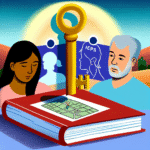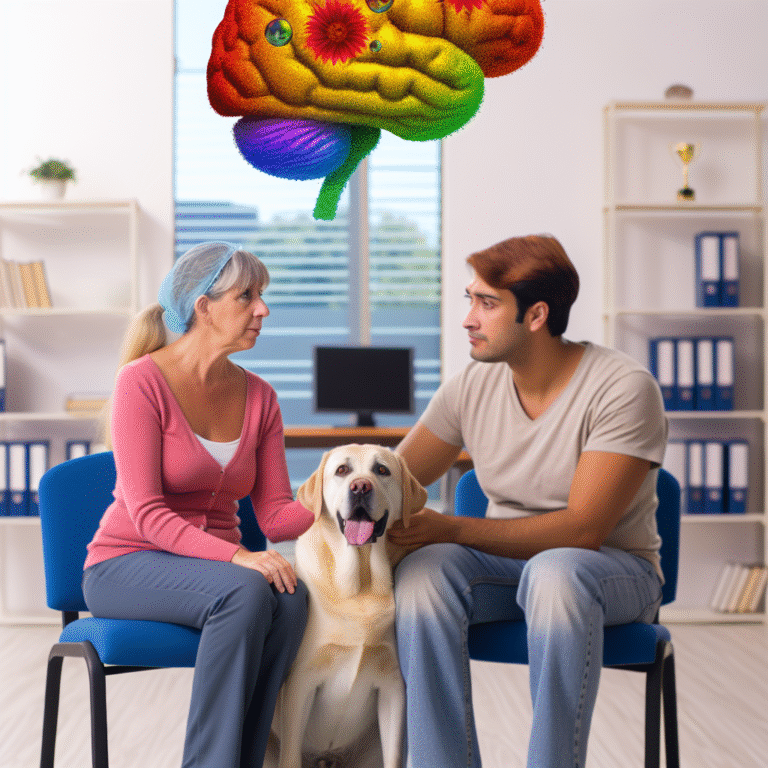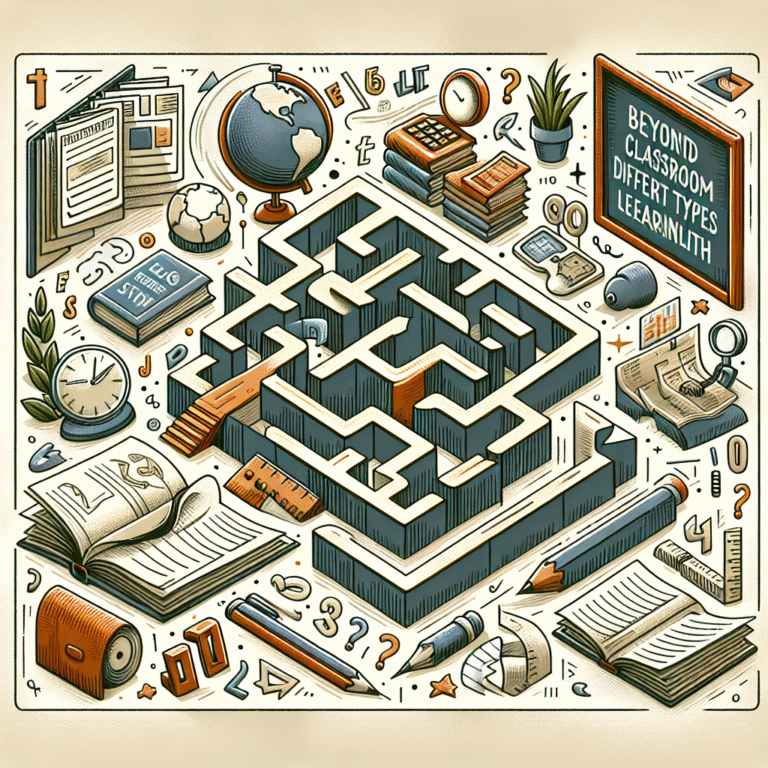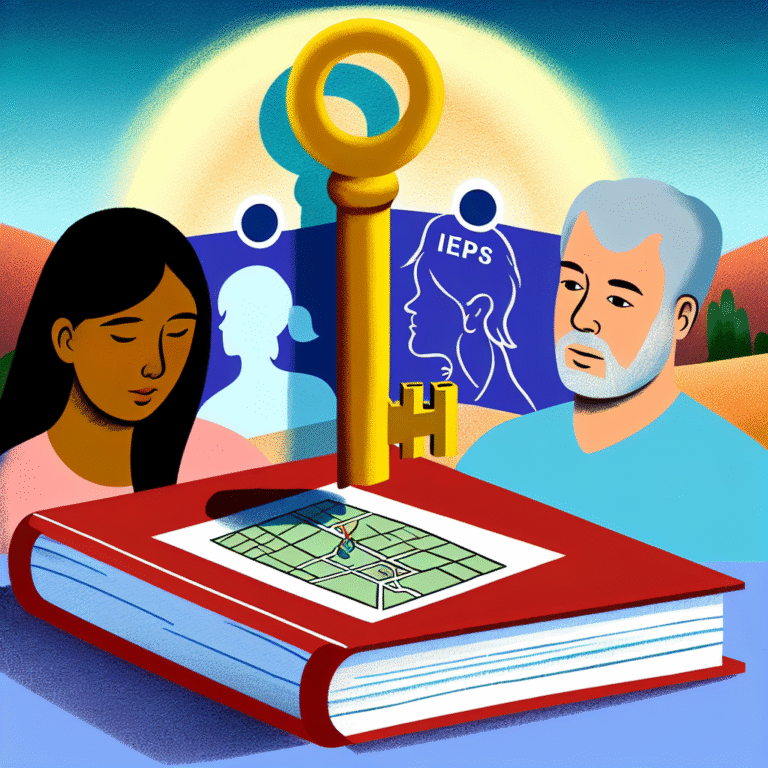
Personality Disorders Explained: Types, Symptoms, and What They Mean for Mental Health
Introduction
Understanding personality disorders is essential for fostering compassion and knowledge in a world where mental health issues are becoming increasingly prominent. With an estimated 9% to 15% of adults experiencing some form of personality disorder during their lifetimes, this critical area of mental health warrants our attention and understanding. In this article, we will explore Personality Disorders Explained: Types, Symptoms, and What They Mean for Mental Health, aiming to demystify these complex conditions.
Whether you’re seeking insight for yourself, a loved one, or simply wish to broaden your understanding of mental health, this guide offers valuable insights, engaging case studies, and actionable advice based on scientific research and therapeutic practices.
What Are Personality Disorders?
Before diving into the specific types and symptoms, it’s crucial to grasp the fundamental nature of personality disorders. By definition, personality disorders are enduring patterns of behavior, cognition, and inner experience that deviate markedly from cultural expectations. These patterns are pervasive and inflexible, leading to distress or impairment in social, occupational, or other important areas of functioning.
The Role of Personality in Mental Health
Personality constitutes our individual differences, shaping how we perceive and interact with the world. Personality disorders can create barriers to healthy functioning, often complicating relationships and leading to emotional distress. With this in mind, understanding personality disorders is not just about categorizing behavior but recognizing the inherent struggles individuals face.
Types of Personality Disorders
The Diagnostic and Statistical Manual of Mental Disorders (DSM-5) classifies personality disorders into three clusters: A, B, and C. Each cluster encompasses distinct disorders characterized by particular traits and symptoms.
Cluster A: Odd or Eccentric Disorders
Paranoid Personality Disorder
- Symptoms: Suspicion, distrust, and pervasive belief that others have malevolent motives.
- Impact: Difficulty forming relationships and often leads to social isolation.
Case Study: Jane, a 35-year-old woman, often interprets neutral comments as personal attacks. This has caused significant rifts in her friendships.
Analysis: Jane’s experience highlights the emotional toll of living in a state of constant vigilance.
Schizoid Personality Disorder
- Symptoms: Indifference to social relationships and limited emotional expression.
- Impact: These individuals often prefer solitary activities and may struggle with expressing affection.
Case Study: Tom, a software engineer, finds joy in coding but avoids social gatherings, leading others to perceive him as aloof.
Analysis: Tom’s preference for solitude does not indicate a lack of feelings but rather a different way of experiencing joy.
Schizotypal Personality Disorder
- Symptoms: Discomfort in close relationships, eccentric behavior, and distorted beliefs.
- Impact: Individuals may experience paranoia or unusual perceptions.
Case Study: Alex believes he can predict the future, making it challenging for him to connect with others who dismiss his beliefs.
Analysis: Alex’s symptoms illustrate how distorted thinking can isolate individuals from reality and social connections.
Cluster B: Dramatic, Emotional, or Erratic Disorders
Antisocial Personality Disorder
- Symptoms: Disregard for the rights of others, deceitfulness, impulsivity, and lack of remorse.
- Impact: Often leads to criminal behavior or conflicts with authority.
Case Study: Mike has a history of legal troubles and manipulative behavior, showing little empathy for the people he affects.
Analysis: Mike’s situation emphasizes how these behaviors can spiral out of control without effective intervention.
Borderline Personality Disorder
- Symptoms: Intense emotions, unstable relationships, fear of abandonment, and impulsive behaviors.
- Impact: Individuals experience significant mood swings and find it hard to maintain stable relationships.
Case Study: Sarah often experiences extreme emotional shifts, leading her to create and destroy relationships impulsively.
Analysis: Sarah’s story reflects the emotional turmoil of living with borderline traits, showcasing the need for understanding and stability.
Histrionic Personality Disorder
- Symptoms: Excessive emotionality and attention-seeking behavior.
- Impact: Relationships can become tumultuous due to drama and exaggeration.
Case Study: Lisa’s constant need for validation leads her to dominate conversations, leaving friends feeling overlooked.
Analysis: Understanding Lisa’s actions can foster empathy rather than frustration among her social circle.
Narcissistic Personality Disorder
- Symptoms: A grandiose sense of self-importance, need for admiration, and lack of empathy.
- Impact: These individuals can appear charming while also being dismissive of others.
Case Study: Kevin believes he deserves special treatment in every situation, often leaving his colleagues feeling undervalued.
Analysis: Kevin’s need for validation can be damaging, not only to himself but also to his professional relationships.
Cluster C: Anxious or Fearful Disorders
Avoidant Personality Disorder
- Symptoms: Social inhibition, feelings of inadequacy, and hypersensitivity to negative evaluation.
- Impact: These individuals often avoid social interactions to escape feelings of inadequacy.
Case Study: Emily goes to great lengths to avoid social gatherings, fearing judgment and rejection from peers.
Analysis: Emily’s struggles illustrate how fear can limit life experiences and hinder opportunities.
Dependent Personality Disorder
- Symptoms: Excessive need to be taken care of, leading to submissive and clinging behavior.
- Impact: These individuals often have difficulty making decisions independently.
Case Study: Sarah relies on her partner for all major life decisions, leading to frustration and resentment.
Analysis: Sarah’s situation underscores the importance of fostering independence for healthier relationships.
Obsessive-Compulsive Personality Disorder
- Symptoms: Preoccupation with orderliness, perfectionism, and control at the expense of flexibility.
- Impact: Relationships may suffer due to an inability to prioritize others’ needs.
Case Study: Adam meticulously plans every aspect of his life, leading to conflict with spontaneous friends.
Analysis: Adam’s case highlights the struggle for balance between personal standards and relational flexibility.
Symptoms: Recognizing the Signs
Identifying personality disorders involves recognizing specific patterns. While symptoms can vary significantly across different types, common signs include:
- Unstable relationships: Frequent conflicts or difficulty maintaining connections.
- Emotional dysregulation: Intense emotional responses often disproportionate to the situation.
- Fear of abandonment: An overwhelming concern that loved ones will leave.
- Impulsivity: Making decisions without evaluating the consequences.
Table: Common Symptoms Across Personality Disorders
| Symptom | Cluster A | Cluster B | Cluster C |
|---|---|---|---|
| Suspicion/Distrust | Paranoid | ||
| Emotional Instability | Borderline | ||
| Impulsivity | Antisocial | ||
| Dependency | Dependent | ||
| Perfectionism | Obsessive-Compulsive |
What They Mean for Mental Health
Understanding personality disorders is pivotal for multiple reasons:
Empathy and Awareness: Gaining insights into these disorders allows others to respond with compassion and understanding, reducing stigma.
Impact on Relationships: Personality disorders can significantly affect interpersonal relationships. Recognizing patterns can help loved ones better support individuals who struggle.
- Treatment Options: Awareness of these disorders can prompt individuals to seek help. Treatment options range from therapy to medication, tailored to specific needs.
Case Study on Treatment
Case Study: Jake, diagnosed with Avoidant Personality Disorder, sought cognitive-behavioral therapy. Through gradual exposure to social situations and learning coping strategies, he began to reduce his anxiety.
Analysis: Jake’s progress demonstrates the potential for positive change when individuals commit to treatment, reinforcing the importance of seeking professional help.
Conclusion
In closing, Personality Disorders Explained: Types, Symptoms, and What They Mean for Mental Health offers a challenging yet illuminating landscape. Understanding these disorders enlightens our perception of mental health, enabling us to navigate our relationships and decide when to seek help.
Cultivating empathy, fostering understanding, and embracing treatment can empower those affected to thrive. When we view personality disorders not just as labels but as intricate human experiences, we begin to create a world that champions mental health for all.
FAQs
What causes personality disorders?
- Personality disorders often arise from a combination of genetic, environmental, and developmental factors. Childhood experiences, especially trauma, play a significant role.
How are personality disorders diagnosed?
- Diagnosis typically occurs through clinical interviews, self-report questionnaires, and assessments by qualified mental health professionals.
Can personality disorders be treated?
- Yes, while some traits may persist, therapy (such as Dialectical Behavioral Therapy) and medications can effectively manage symptoms and improve functioning.
Is there a cure for personality disorders?
- Though there is no definitive cure, many individuals find significant relief from symptoms and improved quality of life through consistent treatment.
- How can I help someone with a personality disorder?
- Offering support, encouraging them to seek professional help, listening without judgment, and educating yourself on their specific disorder can tremendously aid their journey.









